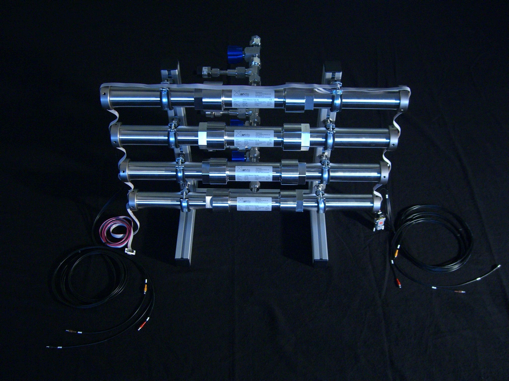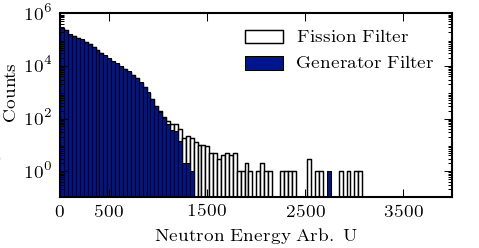Professor Andreas Enqvist is an Associate Professor of Nuclear Engineering at the University of Florida in the Department of Materials Science & Engineering. Before coming to Florida he worked as a researcher (post-doc, research assistant, visiting scholar) at University of Michigan and Oak ridge National Laboratory (ORNL). His Ph.D. was received at Chalmers University of Technology, Sweden in the Nuclear Engineering Division of the Applied Physics department in 2010. Before that he received his M.Sc. in Physics at Gothenburg University in 2005.
Working with students in our nuclear detection lab with accompanying research in neutron detection, fission physics and detector system development. Research areas include: Nuclear Security/Safeguards, neutron Recoil recoil detectors, Detector material characterization, Detector system design, and radiation transport.
current projects:
NNSA NA-22 Consortium for Monitoring, Technology, and Verification (MTV), 2019-2024
Fresh Nuclear Fuel Signature development
The nuclear fuel cycle is a complex, multi-step process to construct, transport, use, and store nuclear fuel. Each step requires oversight and safeguard measures to ensure the safe and secure transportation, delivery, and storage of nuclear fuel at all stages. A considerable amount of research and funding has focused on preventing tampering or mitigating negligence of spent nuclear fuel; however, this research concentrates on identifying components for a low-cost, radiological, non-destructive detection system for fresh nuclear fuel.
Although there are non-destructive means of verification, such as weighing fresh fuel or scanning the package number, there is no radiological detection system to non-destructively verify the composition of the fresh fuel upon arrival at nuclear power plants or if it is left in long term storage prior to use at the nuclear power plants or facilities. This leaves a safeguard gap in the nuclear fuel cycle. Whether a nuclear fuel manufacturer accidentally ships the incorrect fresh fuel to a customer or a nefarious group tampers with the fresh fuel during transit, there is no non-destructive, radiological verification method available to nuclear fuel recipients.
The results of this work will be used to make recommendations for a development of a versatile, multi-data system for fresh fuel verification. Future work will utilize the results of this research to construct and test the recommended radiological verification system against PWR and BWR fresh fuel. Ideally, this research will eventually contribute to development of a system that nuclear power plants, facilities, and inspectors will be able to use for low-cost, non-destructive verification of fresh nuclear fuel and an adaptable safeguard for the future.
comprehensive Nuclear Test Ban Treaty Organization (CTBTO) Radioactive Noble Gas Monitoring System Data for Nuclear Detonation Characterization
This research revolves around modeling of atmospheric transport of radionuclide gasses, namely isotopes of xenon, and model development via machine learning with input data in the form of Comprehensive Nuclear Test Ban Treaty Organization (CTBTO) International Monitoring System (IMS) Radionuclide Station data. Radioxenon is not naturally occurring but is produced in significant quantities by detonation of nuclear weapons (it is also produced by civilian reactor operation and medical isotope production, and these sources must be accounted for when analyzing data). This has led to its use as a telltale sign (“smoking gun”) of a nuclear detonation which is particularly useful for localizing and characterizing detonations that are not otherwise easily detected such as underground and underwater nuclear tests. Atmospheric radionuclide data is collected continually by 72 radionuclide stations, 25 with noble gas measurement capabilities, owned and operated by the CTBTO. Sixteen of the radionuclide stations are accompanied by radionuclide laboratories to assist stations in identifying detected radionuclides.
Planetary Protection Research
Europa is an icy planetary body orbiting Jupiter that holds the promise of potentially harboring life in its subsurface ocean. Due to tidal forces around Jupiter, it is believed that the iron rocky core might be hot enough to form hydrothermal vents at the core/ocean interface. Recently, NASA has begun to study two mission scenarios to Europa; first an orbiter called the Europa Clipper (EC) (proposed launch in 2023) and a Europa Lander (proposed launch in the late 2020’s). Due to concerns of contaminating ice-water niches on Europa (i.e., subsurface ocean and water/brine cavities in the ice crust), the probability for contamination (Pc) has been set at 1 x 10-4 for the entire mission. In order to meet that Pc, the Planetary Protection Research (PPR) program has requested new research into interactive effects of biocidal space conditions in order to predict and model the inactivation of viable bioburdens that may have been inadvertently launched on the EC spacecraft. Experiments focus on (1) interactive effects of vacuum (< 10^-6 Pa) and ionizing radiation (i.e., X-rays, gamma-rays, protons, electrons, and neutrons), (2) interactive effects of vacuum, extreme-temperatures (‒120 to 140°C), and solar UV irradiation (from Earth’s solar constant to the cis-Jovian environment), and (3) combinations of the above. Experiments with the five ionizing radiation sources will be conducted at UF facilities in Gainesville and Jacksonville, FL. The overarching goal will be to develop a quantitative EC Microbial Survival (ECMS) model that predicts microbial inactivation kinetics for outbound spacecraft from the interactive effects of the four space conditions listed above.
Past projects:
NNSA NA-22 Consortium for Verification Technologies (CVT), 2014-2019
Fast neutron detector development, and neutron detection benchmark system:
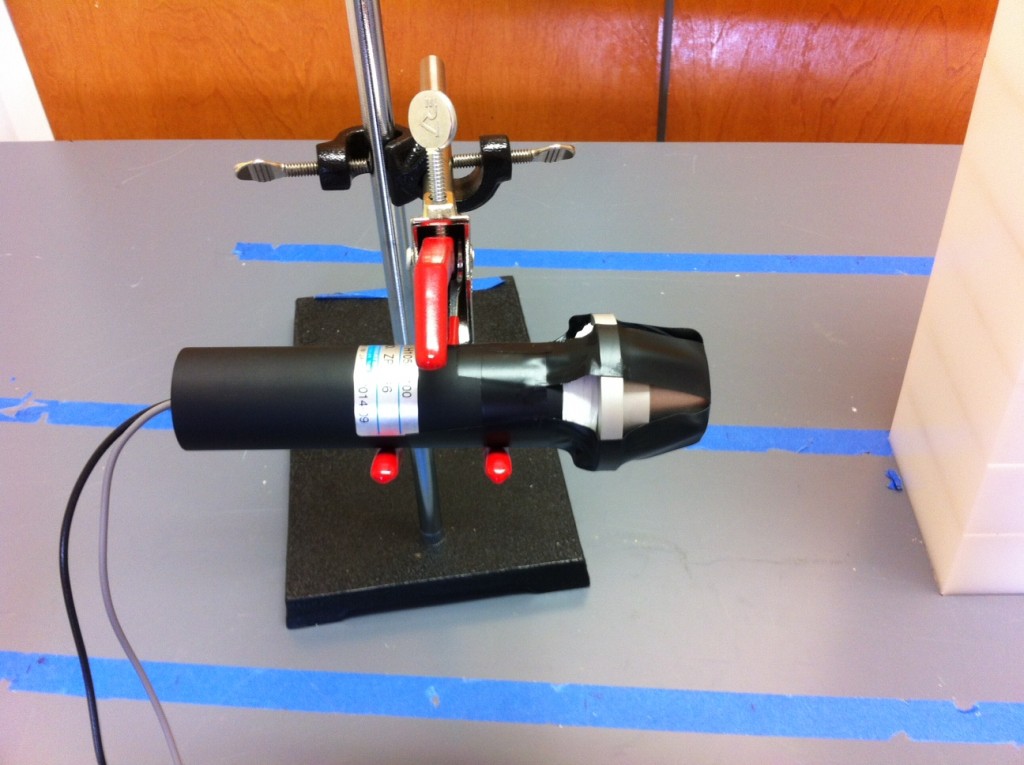
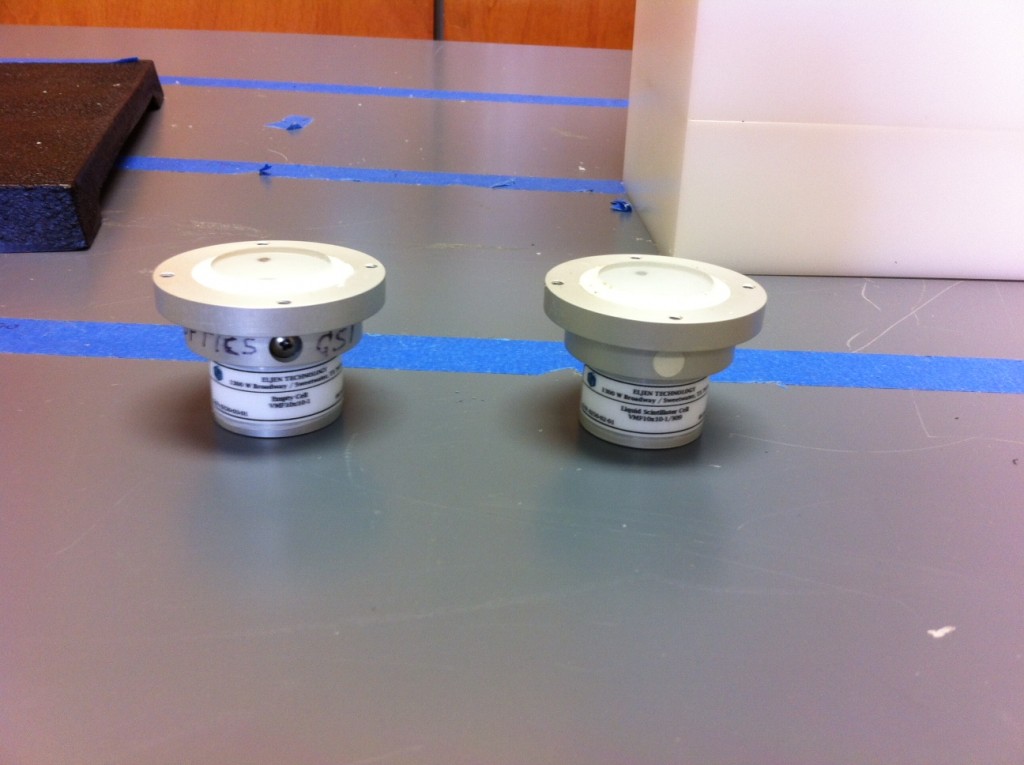
Multimodal Nondestructive Dry Cask Basket Structure and Spent Fuel Evaluation, 2015-2018:
Part of a larger IRP project looking at integrity of spent nuclear fuel inside dry storage casks. Our effort will focus on neutron-based self-emitted crude tomography of the interior components.
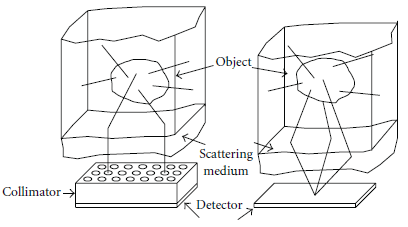
Used Fuel Storage Monitoring Using Novel 4He Scintillation Fast Neutron Detectors and Neu-
tron Energy Discrimination Analysis:
Project looking at using He-4 gas detectors to analyze and measure used fuel bundles, and properties such as burn-up, activity and fission-to-(alpha,n) ratio.
